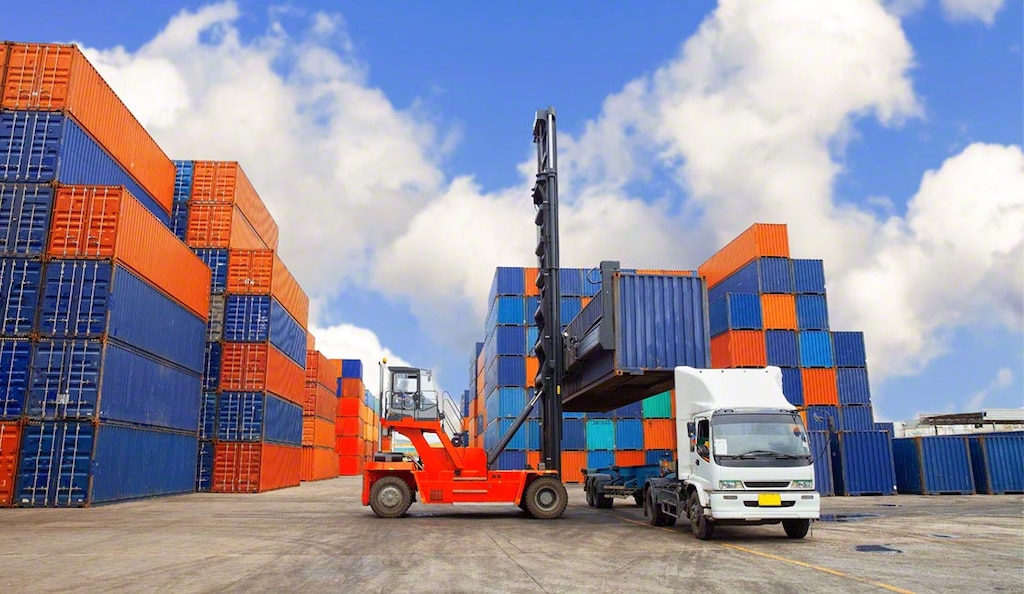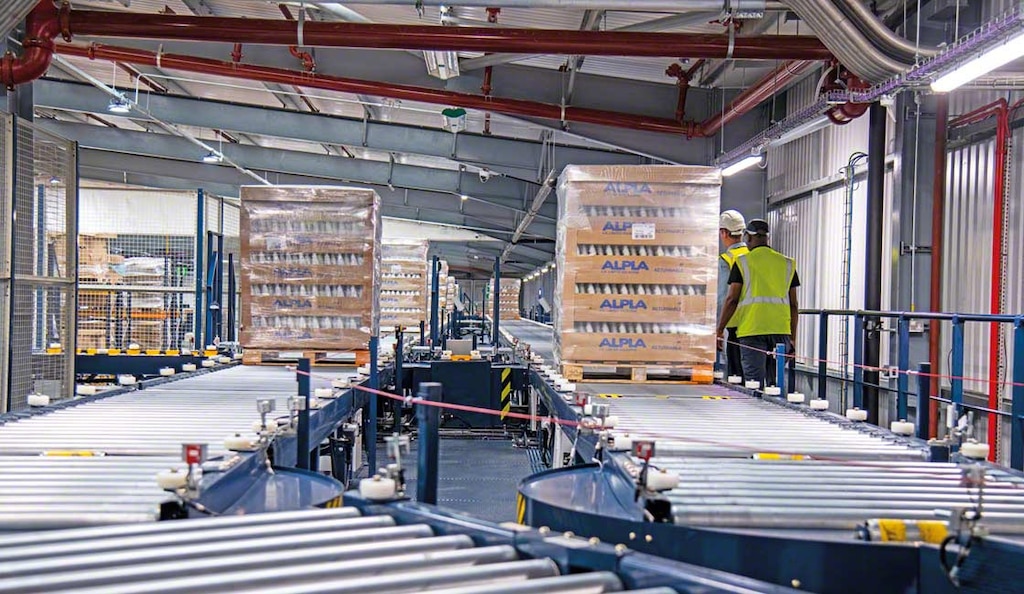
Shunting in logistics: Streamlining yard operations
Shunting — the internal movement of trailers or containers between different zones of a yard — is a common operation in warehouses, logistics centers, ports, and industrial facilities. While it might seem like a secondary task, it significantly impacts productivity, safety, and operational costs. Properly managing shunting can improve dock organization, enhance coordination between transportation and warehousing, and increase vehicle availability.
In this post, we explore shunting, the specialized trucks that handle it, and how to optimize its management for smooth operations.
Shunting definition
In logistics, shunting refers to the internal transfer of loads — usually trailers or containers — between various areas within a logistics yard, industrial site, or port. For instance, trailers may be moved from an unloading dock to a waiting area or from a loading zone to shipping. Inefficiency in these tasks can lead to congestion and delays.
Shunting operations are typically carried out over short distances. Nevertheless, they’re crucial for repositioning waiting loads, balancing loading/unloading schedules, and freeing docks for incoming shipments. Shunting is an essential internal transport method for maintaining smooth supply chain processes.
What are shunt trucks?
Also known as yard trucks, terminal tractors, or spotter trucks, shunt trucks are purpose-built to quickly and efficiently move trailers inside the yards of logistics facilities.
Unlike conventional trucks, these machines feature compact cabs and hydraulic systems that enable trailer coupling and uncoupling without drivers leaving their seats.
Their tight turning radius and design make them perfect for navigating confined, high-traffic areas like container yards and busy loading zones. In addition to speeding up trailer movements, these trucks help lower congestion within the facility by improving the flow of internal operations. This is achieved through optimized solutions that enable safe and effective maneuvers.

How to streamline shunting
The key to optimized shunting operations lies in planning and monitoring. Yard management systems (YMSs) coordinate and track trailer movements in real time. They help assign resources, provide visibility of each unit’s status, and prioritize tasks based on operational needs.
Interlake Mecalux’s Yard Management System (YMS) — an advanced feature of its Easy WMS warehouse management system — controls trailer entries, exits, and internal movements automatically. It allocates tasks by dock availability, load priority, and vehicle status to cut wait times, strengthen traceability, and eliminate bottlenecks in the yard.
Alternatives to shunting: Automated, continuous material flow
Though common in many logistics facilities, the need for shunting can be drastically reduced or even eliminated by integrating internal transport systems that connect operational areas. For instance, pallet conveyors and electric monorail systems seamlessly automate the flow of goods from production to shipping — removing the need to relocate trailers manually. Autonomous solutions minimize heavy vehicle use inside the facility, delivering substantial benefits in safety, traceability, and sustainability.
A real-world example of this is the Golborne (UK) distribution center (DC) of ALPLA. This plastic packaging manufacturer drastically cut down on shunting by installing a Mecalux pallet conveyor system that connects production directly to the automated warehouse. The solution features a double conveyor line that runs through an enclosed elevated bridge crossing public roads. In all, it transports around 2,500 pallets daily.

Efficiency in motion: Software and automation for strategic shunting
Shunting is a critical operation in many logistics environments. Optimizing these movements with specialized vehicles and digital tools like a yard management system maximizes efficiency and keeps goods flowing without interruption. Likewise, automation presents a compelling alternative to reduce or eliminate shunting altogether, raising productivity to new heights.
Shunting in 5 questions
What is shunting?
Shunting is the internal movement of trailers or containers within a logistics yard. It involves transporting loads between docks, waiting areas, and operational zones to streamline goods entries, exits, and reorganization.
What is a shunt truck?
This specialized vehicle is designed to move trailers safely and rapidly within the yards of logistics facilities (warehouses, DCs, or ports). Shunt trucks optimize loading, unloading, and distribution operations.
What’s the difference between shunting and shuttling?
Shunting refers to internal movements inside a single facility’s yard, while shuttling involves transporting trailers or containers between separate locations across the logistics network.
How do you manage yard movements effectively?
With a digital yard management system. This software assigns tasks to vehicles, controls yard access, and optimizes routes within these spaces to boost operational efficiency.
What alternatives are there to shunt trucks?
As an alternative to shunting, certain logistics environments can leverage automated conveyor or electric monorail systems. These solutions efficiently transport goods between several areas of warehouses or DCs, reducing or removing the need for trailer movements.
